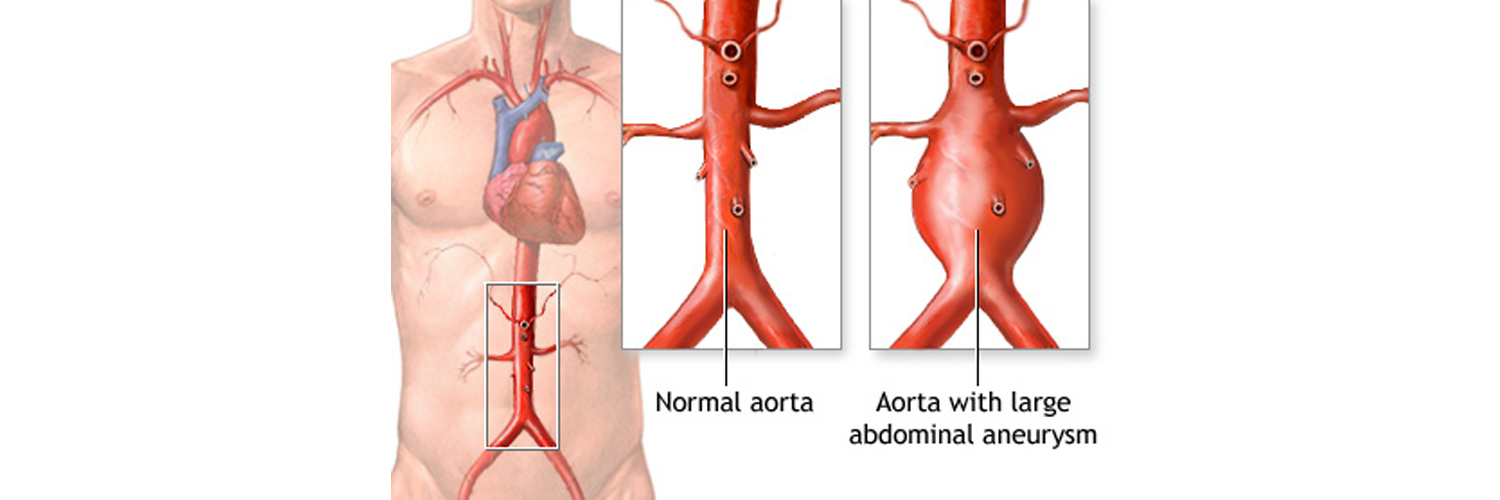
A human’s cardiovascular system is one of the most fascinating, complex systems our world has ever seen. By enabling the transportation of necessary oxygen to our cells, filtering CO2 out of the body, transporting nutrients throughout the body, and helping control our body temperature, it is truly amazing.
Just like an irreplaceable antique car or expensive boat, it is necessary to maintain and take care of all the moving parts working hard in your vascular system. Here are three easy habits to focus on to ensure your body is in its most optimal condition to stay healthy!
Sleep
While this may not come as a surprise, quality sleep is one of the most important factors to staying healthy. Your body is a machine and, as such, it needs time to recharge just as any other piece of technology does. It has been found that not enough sleep, or lack of quality sleep, can disrupt critical functions in the body which puts people at high risk for vascular disease. Quality 6-8 hours of sleep is enough to take some of the load off your system and decrease the chance of any potential problems.
Physical Fitness
In a world where people can access so many things with the touch of a few buttons, it is important for folks to remember to spend time fine tuning themselves. Daily exercise is crucial to maintaining proper vascular health. Exercise is vital to your overall health as it directly affects your heart’s ability to pump blood through your arteries. Physical activity can also significantly decrease vascular problems from occurring in your limbs.
Stress
While this part might not be easy, it may as well be the most crucial aspect to your cumulative health. While it is impossible to eliminate all stress in your life, it is important to try and manage it as much as possible. It is necessary to plan out mental health days and experiment with new stress-relieving hobbies like yoga or meditation. Try your best to keep your work at work, and don’t let it follow you home. Give your brain a chance to rest and recuperate. To get the most out of yourself, you need to minimize the effects of high stress levels on your cardiovascular system.
Forming these necessary habits to maintain your cumulative health is one of the most important steps you can take to keep your vascular system in check.

